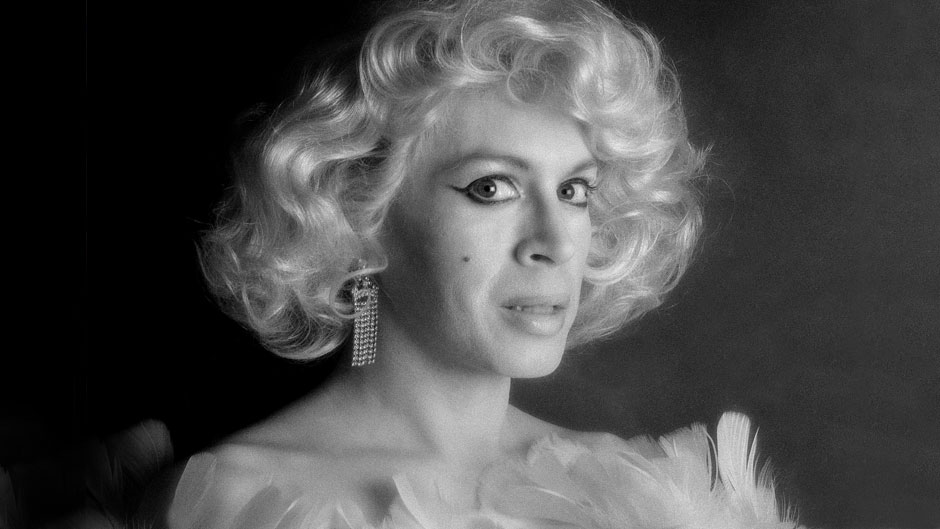The Lowe Art Museum is taking the community back to the 1980s—a decade defined as an incubator for a new wave of Cuban American art. The latest exhibition, “Radical Conventions: Cuban American Art from the 1980s,” on view until June 12, explores the impact that Cuban American art made during this period when Cuban exiles settled all over the United States, and specifically in Miami.
“This exhibition looks at a particular historical moment—the 1980s—and sets the work of several generations of Cuban-born artists living and working in the U.S. against the social and political landscape that defined that period,” explained Elizabeth Cerejido, Esperanza Bravo de Varona Chair of the Cuban Heritage Collection.
She added that the exhibit showcases the work from artists, expressing in their own way, the wide-ranging issues of this pivotal decade, which included HIV/AIDS, identity politics, culture wars, postmodernism, the Mariel boat lift, and Reagan-era conservatism.
“What you will experience is a real plurality of voices exploring issues, both personal and political, and responding to these broader socio-economic, political, and cultural trends,” said Jill Deupi, director of the Lowe Art Museum. “It’s fascinating to see how a diverse group of artists respond in very different ways to some of the most urgent topics of the time.”
One of the significant aspects of this exhibition is that this is the first major collaboration between the Lowe Art Museum and the Cuban Heritage Collection.
“This collaboration gives us the opportunity to tell a different story and to showcase the work of artists who have not received their due attention,” explained Cerejido. “The exhibition challenges assumptions not only about what Cuban American art is, but who should represent it.”
The work chosen by the curator, Cerejido, reflect the variety of identities that these artists personified.
“A majority of the artists in this exhibition identify or identified as gay. Many died from AIDS-related complications, drew inspiration from Afro-Cuban religious practices, and were politically and socially liberal—challenging the notion of Cuban Americans being largely conservative, Catholic, and straight,” Cerejido said.
“Most of the artists were born in Cuba, came [to the U.S.] as young adults, and were educated and trained as artists in the U.S. Others came through the Mariel boat lift, and a select few were trained in Cuba.”
The exhibition was inspired by a larger program that the Cuban Heritage Collection organized in 2020, titled El efecto Mariel: Before, During, and After, to commemorate the 40th anniversary of the boat lift.
“The idea was not to focus solely on Mariel artists, but rather Mariel would provide the opportunity, the entry point, from which to widen our focus and examine the artistic production of Cuban artists living and working in the U.S. during that pivotal decade,” said Cerejido.
Deupi said that she believes that the exhibit offers something for everyone.
“It's a really engaging exhibition with a variety of mediums. The range of stories that are being told on these museum walls is truly incredible,” she said.
“Radical Conventions: Cuban American Art from the 1980s” is presented in collaboration with the Cuban Heritage Collection of the University of Miami Libraries. The exhibition is made possible because of generous support by the Knight Foundation, the National Endowment for the Arts, the Jorge M. Pérez Family Foundation, Funding Arts Network, American Alliance of Museums, Florida Department of State Division of Arts & Culture, Miami-Dade County, the City of Coral Gables, The Cowles Charitable Trust, and The Arnold and August Newman Foundation.

